Over the past 17 years since she made her astonishing breakthrough as a teenager bringing calamity to those close to her in Atonement (2007), Saoirse Ronan has emerged as one of cinema’s most talented and fearless actresses. Now 30, she gives a raw and committed performance as a young alcoholic struggling in her recovery on Scotland’s remote Orkney Islands.
In the adaptation of Amy Liptrot’s award-winning 2016 memoir The Outrun, Ronan plays 29-year-old Rona, a fictionalized version of the author, who has returned home after 10 years away in London. She’s 117 days into her sobriety (after spending 90 days in rehab), jittery, craving a drink, and irritated by the religiosity of her evangelical mother (Saskia Reeves).
But this edgy, haunting film is no straightforward, glossy Hollywood tale of an alcoholic’s downward spiral, followed by a triumphant road to recovery (see Susan Hayward in 1955’s I’ll Cry Tomorrow). Instead, German director Nora Fingscheid (System Crasher, 2019) and editor Stephan Bechinger tell Rona’s story non-linearly, opening with an out-of-control drunken Rona thrown out of a London pub at closing time where she makes a risky decision that eventually lands her, battered and bruised, in a rehab center. Alternating between the past and the present, the film reflects Rona’s jumbled state of mind as she tries to repress painful memories of the events that led her to this point: the hard-partying and rage drinking that eventually alienate her patient boyfriend Daynin (Paapa Essiedu), an idyllic childhood of exploring Orkney’s natural world that is gradually overshadowed by the shifting moods of a bipolar father (an unrecognizable Stephen Dillane).
At times this shuffling back and forth confuses the viewer (Where are we again?), and one wonders how Rona, despite the chaos of her life, maintains such beautifully manicured hands, whose nails change color as often as her hair. But the film finds its footing when it focuses on Rona’s present-day recovery efforts as she visits her separated parents, attends AA meetings after a relapse, and gets a temporary job mapping rare corncrakes for the Royal Society for the Protection of Birds. The last third (and its strongest section) follows Rona as she spends a blustery winter in a remote cottage on the island of Papa Westray. Even in her isolation, she is not completely alone when she discovers the local shopkeeper (Martin Gray) is a fellow traveler, who reminds her that recovery never gets easy, it just becomes less hard.
Cinematographer Yunus Roy Imer’s earth-toned blues, greens, and browns capture the stark, windswept beauty of Orkney, while his vivid reds and fuchsias conjure up the sweaty heat of London dance clubs. John Gürtler and Jan Miserre’s evocative score presents the dual soundscapes: the pulsating electro and techno that Rona dances to in clubs and listens to on her earphones, and the wild crashing waves and roaring winds that sweep over Orkney. (Be sure to watch this film in a theater with an excellent sound system.)
At one point, Rona confesses in despair, “I can’t be happy sober,” but Ronan’s transformative performance from painful alcoholism to hard-won sobriety proves her wrong and is a joy to watch.


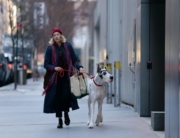
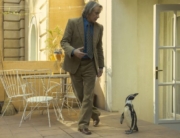

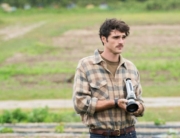
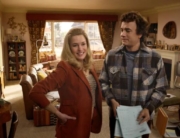



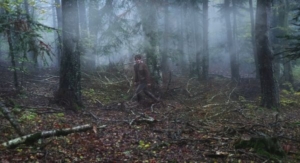
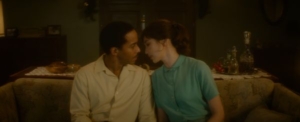




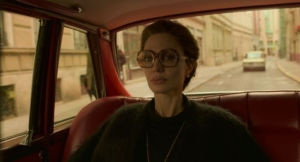
Leave A Comment